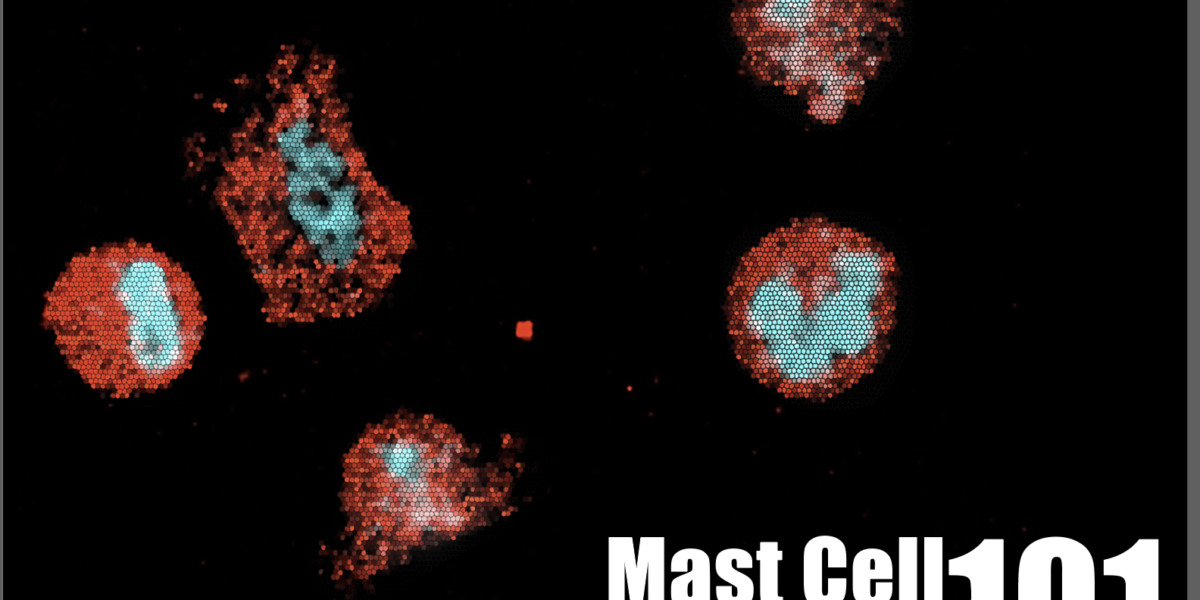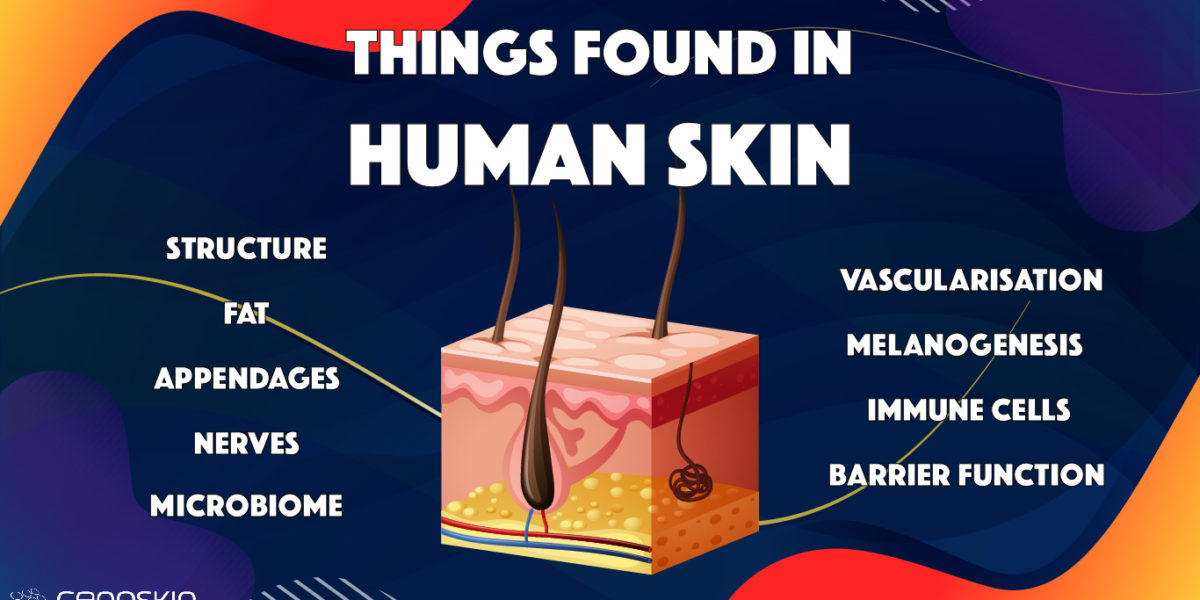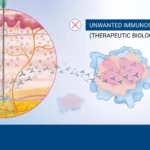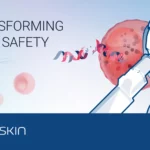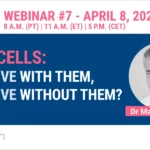Blog
22
Feb
Using NativeSkin® to study poison ivy-induced dermatitis
Using NativeSkin® to evaluate poison ivy effects A couple of months ago, Genoskin’s team started to wonder: “Why not try to better understand poison ivy dermatitis through our NativeSkin® model ?” In this article, we summarize information about what is known regarding the poison ivy reaction and what happens on a macroscopic level when poison ivy toxin is applied toRead more
30
Nov
Human connective tissue mast cells
Human connective tissue mast cells A cellular model to better understand the underlying mechanisms of Injection Site Reactions (ISRs) and other severe allergic reactions. Mast cell culture assays are critical to better understand the kinetics and dynamics underlying inflammatory reactions. Genoskin’s team of experts has developed a method to grow connective tissue-type mast cells (CTMCs) derived from the peripheral bloodRead more
20
Nov
Top things found in human skin!
Top things found in human skin (vs in reconstructed human skin models) Skin is our largest organ (2m2). Since the skin is a mandatory test organ for regulatory agencies, every single drug in development needs to be tested for potential skin toxicity. Today, efficacy and safety studies are performed either on animal skin, reconstructed skin, or ex vivo human skin.Read more
4
Mar
Top differences between human and animal skin
Top differences between human and animal skin Are animal models used in skin research? Animal models have been widely used in skin research. They are often used to study percutaneous absorption, wound healing, skin inflammation and psoriasis. These studies require relevant models in terms of structure and immunology to assess human skin response and to de-risk clinical trials on humans. TheRead more
11
Sep
The EPA takes actionable steps to end animal testing
The US Environmental Protection Agency (EPA) determined to eliminate animal testing The US Environmental Protection Agency announced yesterday its plan to stop animal use for chemical safety testing. The U.S. EPA rolled out a plan this week to end all animal testing for chemical and pesticide safety in the coming years. To help the transition, the agency will invest in nonanimal alternative methodsRead more


